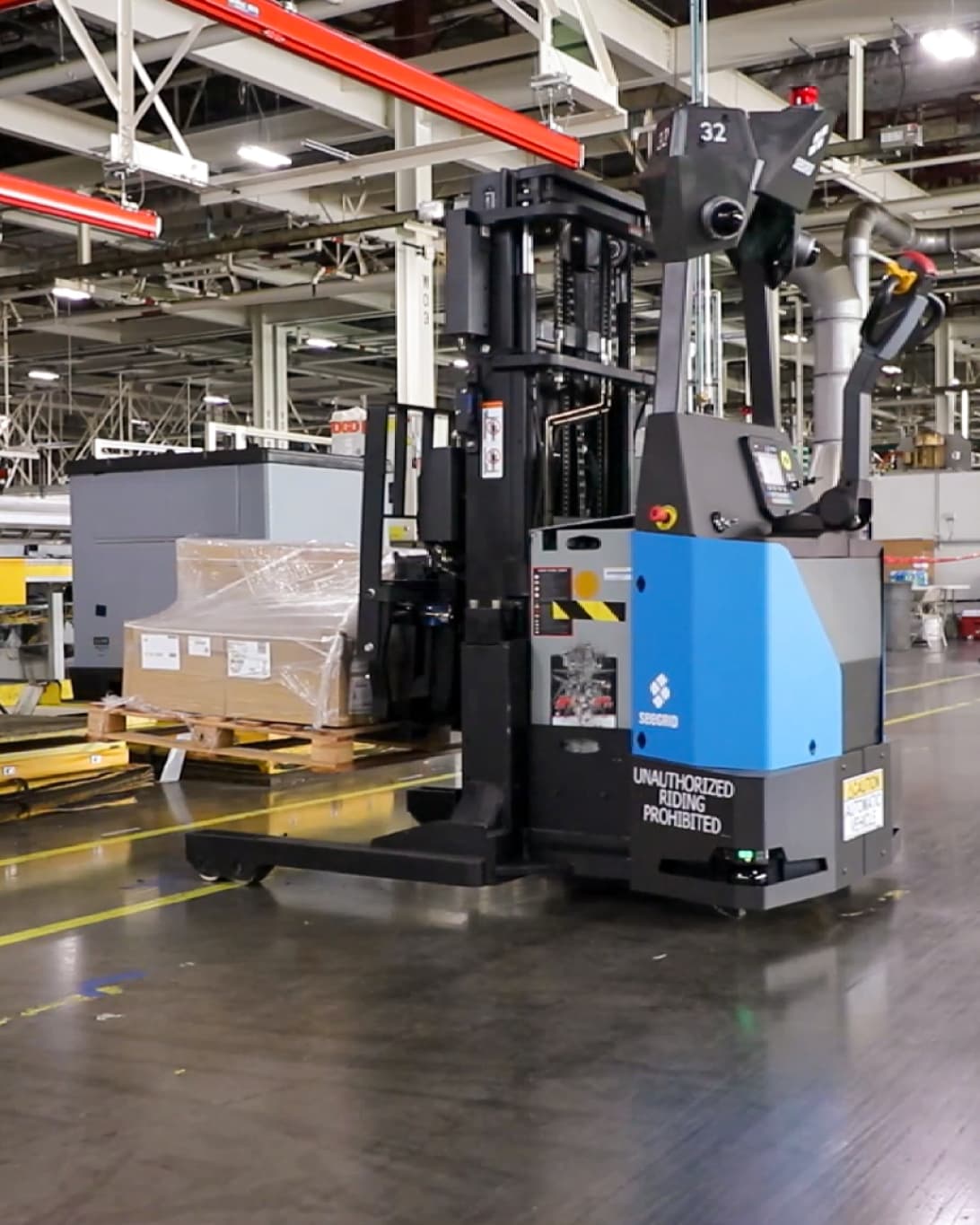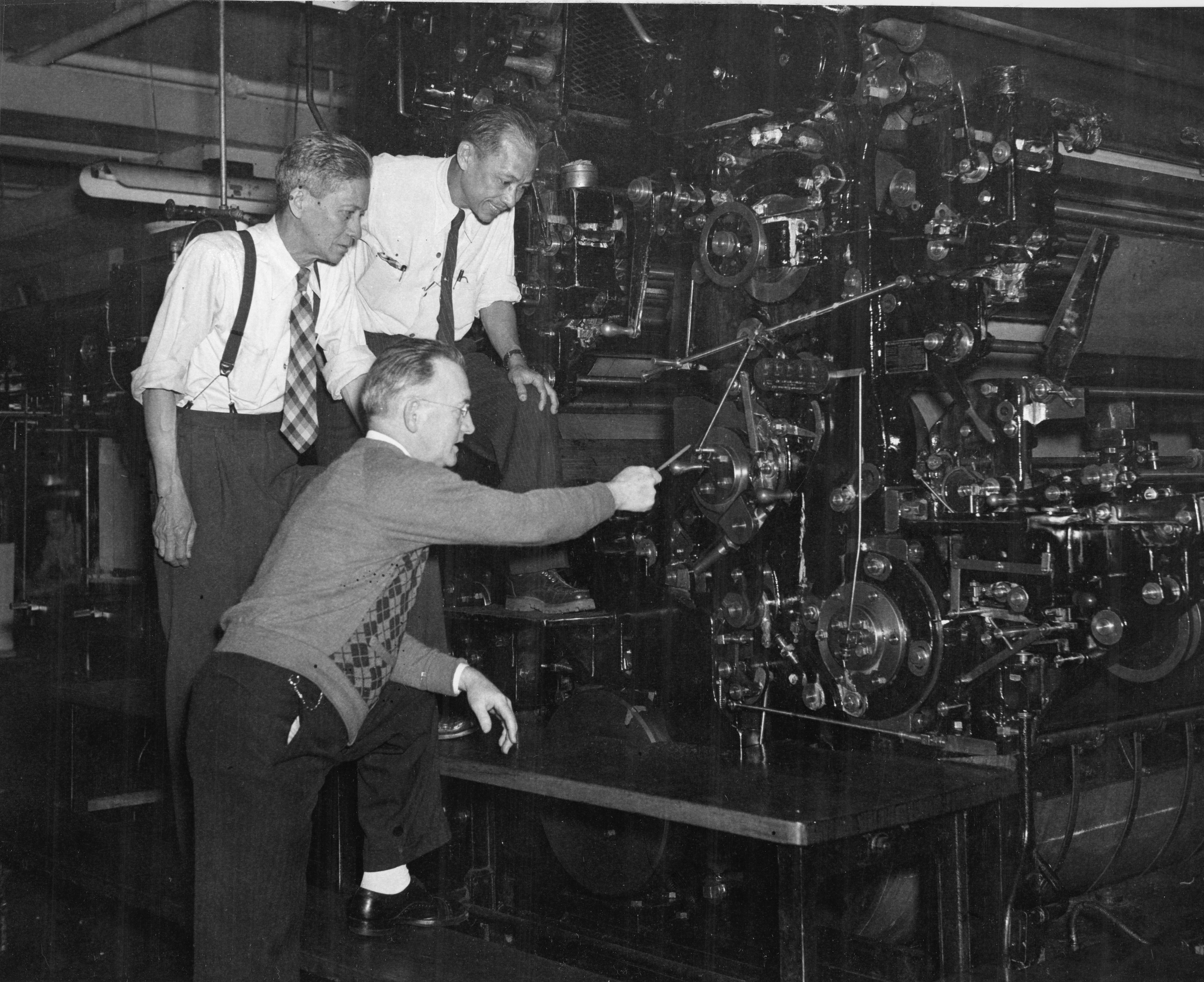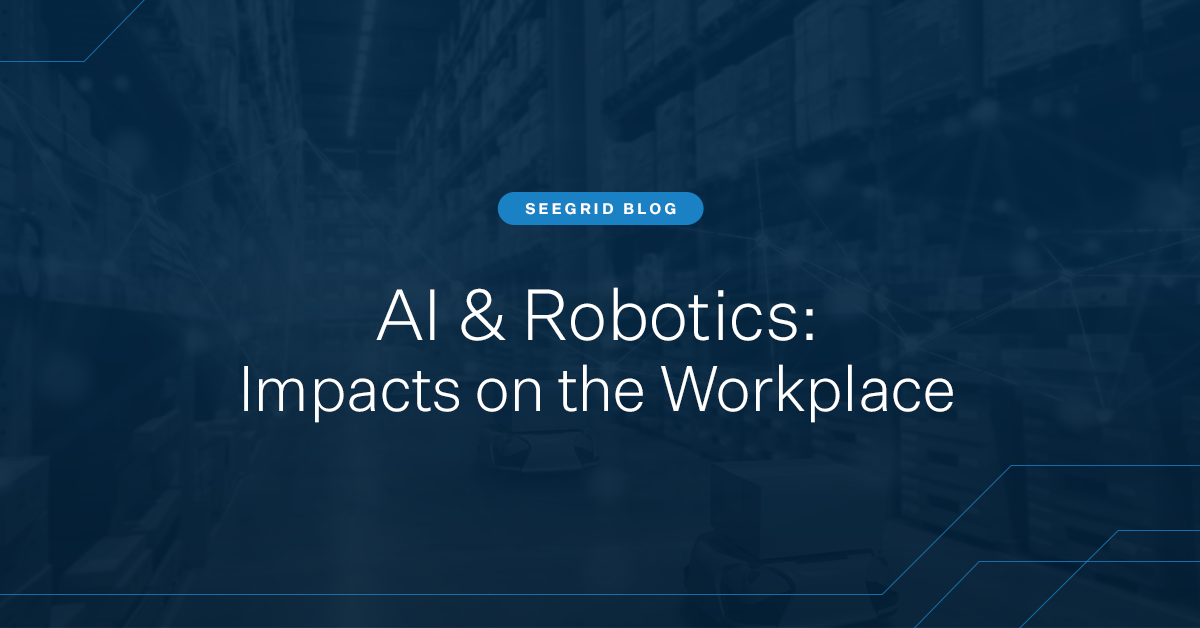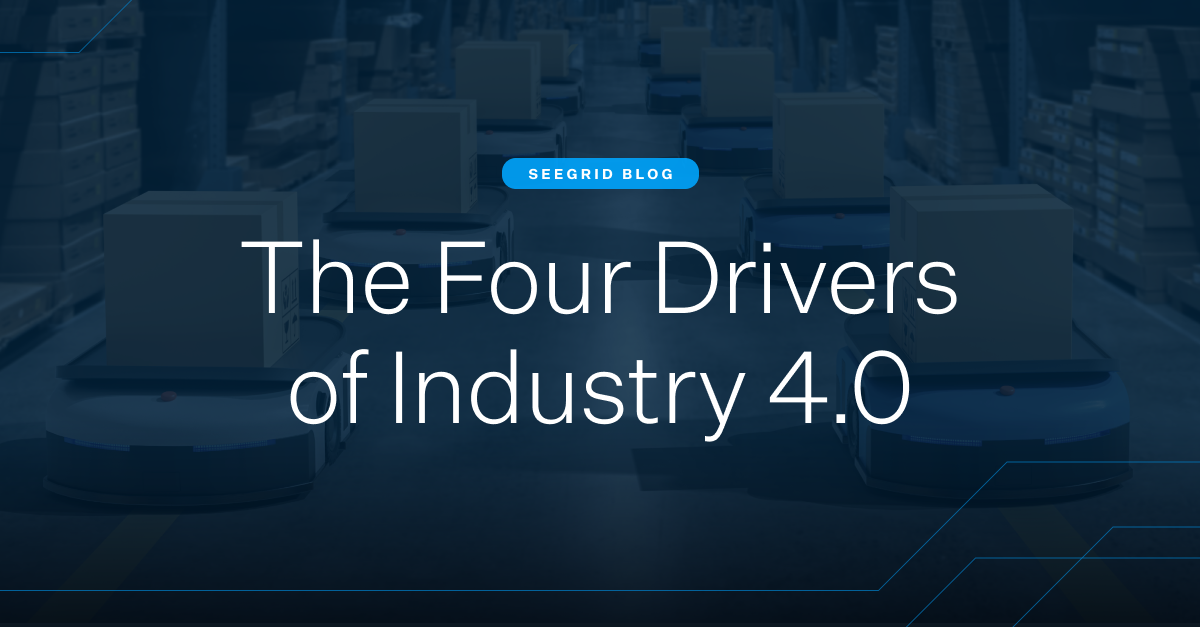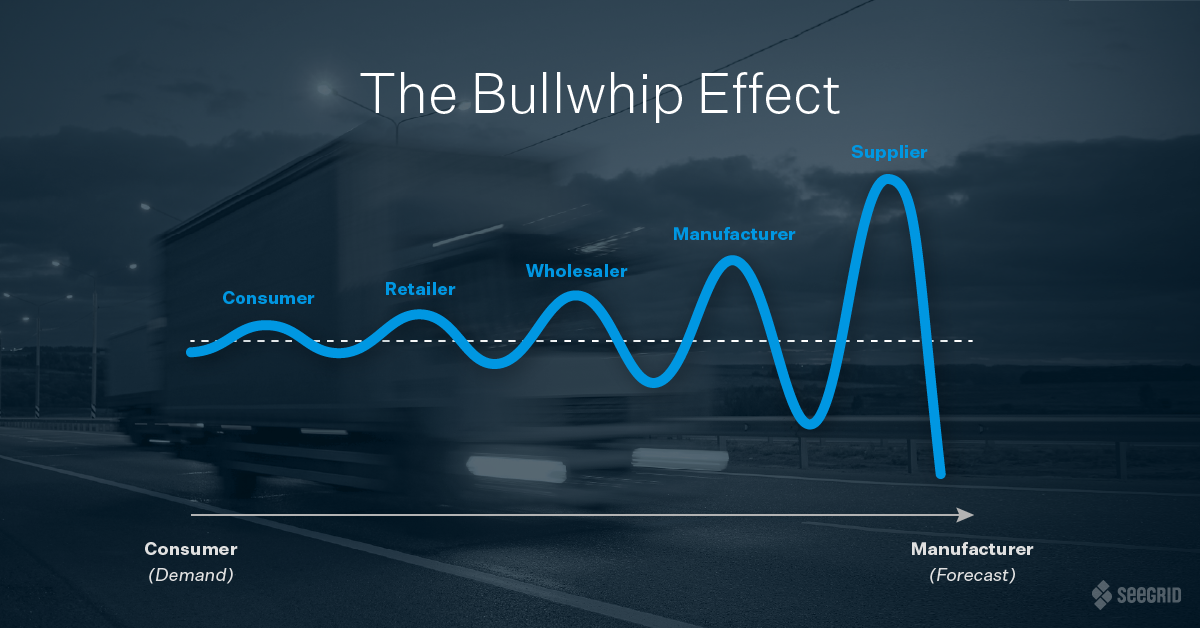This article was originally published in Business 2 Community.
The advent of automation, artificial intelligence (AI), and machine learning is perhaps one of the biggest disruptions that the manufacturing industry has encountered. These technologies could impact the global economy by $15 trillion by 2030, according to PwC. Automated machinery has the capacity to perform traditionally human-centric work faster and more cost effectively than ever before. As robot-centered logistics become the new normal in manufacturing, distribution, and e-commerce facilities around the world, companies must consider the role of humans in these new work environments.
While it’s a common narrative that robots will eliminate human jobs, research suggests otherwise. A 2017 study from the U.K. based RSA concluded that AI and robotics are more likely to alter jobs than to eliminate them altogether. A McKinsey Global Institute report agrees, stating that “more occupations will change than will be lost as machines affect portions of occupations and people increasingly work alongside them.” Less than 5% of occupations consist of activities that are 100% automatable, according to McKinsey.
This research and its future implications make sense when we consider the tasks that humans assign to robots. Today, robots are used to perform the dirty, dangerous, and repetitive job functions that are cost ineffective and monotonous for humans to complete. Still, many tasks require a finesse and human touch that remain outside of machines’ practical abilities.
In today’s changing workforce, humans have begun to embrace new job roles that are more dynamic and creative than traditional single-function roles. But what does this mean for today’s students, who will soon become the future workforce?
For starters, it means that young people need to look at their career trajectories differently. McKinsey estimates that up to 14 percent of the global workforce will need to change occupational categories by 2030. In manufacturing, for example, workers will need to be flexible as job functions, responsibilities, and operations change. Rather than being a part of the production itself, human workers will often be responsible for designing and conceptualizing how to achieve the organization’s higher-level goals.
In short, the current and future workforce will need to be agile and embrace lifelong learning to stay competitive. Students should double down on learning the skills that robots can’t perform. Although the conventional wisdom for career education is a push towards STEM and away from traditional liberal arts focuses, research and experts alike suggest that equipping students with more widely applicable skill sets may be the best path forward long-term.
Self-made tech billionaire Mark Cuban recently said that philosophy degrees will soon hold more professional merit than a technical degree in a STEM-related field, precisely because of the capabilities that automation and machine learning will bring into the workforce. Recent research supports Cuban’s general concept. A 2018 report from McKinsey predicts that AI and automation are driving liberal arts skills back into high demand. According to the study, demand for social and emotional skills will grow by 26 percent in the United States by 2030, while demand for higher cognitive skills—like creativity, critical thinking, decision making, and complex information processing—will grow by 19 percent.
Equipping the students of today for the workforce of tomorrow is about preparing students to work in an automated environment, where machines handle the repetitive jobs and the value of human workers lies in soft skills like creativity. Universities and organizations alike should emphasize the contributions that result from liberal arts skills like communication, strategic thinking, and cognitive empathy to maximize human efficiency amidst changing market needs.
